Whether you’re looking for more information to offer pre-tax benefits or if you need to refresh yourself, it’s best to stay up to date with the basics.
Pre-tax benefits are beneficial for both the employee and employer. Before we discuss pre-tax deductions, we must touch on fringe benefits.
Fringe benefits are benefits or perks offered by an employer that do not fall under the obligatory core benefits like health coverage. Fringe benefits can be offered to non-employees as well (like independent contractors), and they are usually taxed.
Pre-tax benefits fall under the umbrella of fringe benefits.
But first…
PRE-TAX BENEFITS
Pre-tax benefits are deducted from the gross amount of your employee’s check before state and income taxes are deducted. The gross amount is decreased, lowering their taxable income.
An example of a pre-tax benefit would be a Federal Spending Account (FSA).
Let’s say your employee decides to enroll and they receive $1250 for their weekly gross earnings. They elect to contribute $50 a week to their FSA account. The employee’s taxable income will be $1200 each pay period.
For the year, the employee will gross $65,000. Their $2600 FSA contribution brings their annual taxable income to $62,400.
Using this pre-tax calculator, the employee would only have to pay $6,716 in taxes versus $7,288 if they didn’t contribute. This is how your employee can actually save money by opting for pre-tax benefits.
With Contributions Without Contributions
Tax Payable $6,716 Tax Payable $7,288
Effective Tax Rate 10.76% Effective Tax Rate 11.21%
The employee saves $572 in taxes for the year. They also pay less in Social Security and Medicare fees. There are many pre-tax benefit combinations and variations. This is just one possible scenario.
Employers are able to save as well. Since the employee’s gross amount is decreased, the employer pays less in employee-associated taxes. You pay less in Federal Unemployment Taxes (FUTA), Federal Insurance Contributions Act (FICA tax), and State Unemployment Insurance (SUI tax).
EXAMPLES OF PRE-TAX BENEFITS:
Commuter benefits
Federal Spending Accounts (FSA)
Health Savings Accounts (HSA)
Group Term Life Insurance
Certain health insurance plans
Dental Insurance
POST-TAX BENEFITS
Post-tax benefits are deducted from the employee’s paycheck after state and income taxes are deducted. There usually isn’t a set enrollment period, making it more flexible. You can also make changes at any time.
Examples: 401(k) contributions, Roth accounts, short term disability, long term disability, and most health insurance plans
CAN HEALTH BENEFITS BE PRE-TAXED?
Health benefits can be pre-taxed depending on your company’s insurance plan and provider. Speak with your insurance broker to find out what your current plan is and what options you have.
If you’re currently offering a high deductible health insurance plan, you can offer an HSA or FSA account to go along with it. FSAs and HSAs are always deducted as a pre-tax health benefit. Employees can use the funds from their HSA or FSA account to go toward their copays and other health-related costs.
PROS & CONS OF PRE-TAX BENEFITS
There are advantages for both sides: employees & employer. Both parties are able to pay less in taxes throughout the year. Pre-tax benefits can also increase the employee’s net income each pay period.
As an employer, you can improve employee retention and attract new talent. There are a few clarifications to keep in mind.
Pre-tax benefit costs are based on inflation and the current cost of living. They are adjusted every year depending on these factors. There is a yearly cap for pre-taxed employee benefits. Check with your benefits administrator to find out the limit for your contributions.
Employees must sign up for these benefits during the enrollment period at the beginning of the year. Changes cannot be made unless the employee experiences a qualifying event.
Qualifying Events:
Legal change in marital status
Change in employment status
Birth or loss of a dependent
For retirement plans, pre-tax deductions will help employees save money before they retire, but they will have to pay taxes on withdrawals during retirement.
On the other hand, post-tax deductions can be changed at any time during the benefit year. Employee benefit costs are taken out of the employee’s paycheck after taxes are deducted. For retirement plans, the employee will not be required to pay taxes on withdrawals during retirement.
There are many pre-tax employee benefits available for you to offer your employees. As always, consult your benefits administrator or insurance broker for your options. Your benefits administrator can also inform you of the rules and regulations of your pre-tax benefits.
Pre-tax benefits are beneficial for both the employee and employer. Before we discuss pre-tax deductions, we must touch on fringe benefits.
Fringe benefits are benefits or perks offered by an employer that do not fall under the obligatory core benefits like health coverage. Fringe benefits can be offered to non-employees as well (like independent contractors), and they are usually taxed.
Pre-tax benefits fall under the umbrella of fringe benefits.
But first…
PRE-TAX BENEFITS
Pre-tax benefits are deducted from the gross amount of your employee’s check before state and income taxes are deducted. The gross amount is decreased, lowering their taxable income.
An example of a pre-tax benefit would be a Federal Spending Account (FSA).
Let’s say your employee decides to enroll and they receive $1250 for their weekly gross earnings. They elect to contribute $50 a week to their FSA account. The employee’s taxable income will be $1200 each pay period.
For the year, the employee will gross $65,000. Their $2600 FSA contribution brings their annual taxable income to $62,400.
Using this pre-tax calculator, the employee would only have to pay $6,716 in taxes versus $7,288 if they didn’t contribute. This is how your employee can actually save money by opting for pre-tax benefits.
With Contributions Without Contributions
Tax Payable $6,716 Tax Payable $7,288
Effective Tax Rate 10.76% Effective Tax Rate 11.21%
The employee saves $572 in taxes for the year. They also pay less in Social Security and Medicare fees. There are many pre-tax benefit combinations and variations. This is just one possible scenario.
Employers are able to save as well. Since the employee’s gross amount is decreased, the employer pays less in employee-associated taxes. You pay less in Federal Unemployment Taxes (FUTA), Federal Insurance Contributions Act (FICA tax), and State Unemployment Insurance (SUI tax).
EXAMPLES OF PRE-TAX BENEFITS:
Commuter benefits
Federal Spending Accounts (FSA)
Health Savings Accounts (HSA)
Group Term Life Insurance
Certain health insurance plans
Dental Insurance
POST-TAX BENEFITS
Post-tax benefits are deducted from the employee’s paycheck after state and income taxes are deducted. There usually isn’t a set enrollment period, making it more flexible. You can also make changes at any time.
Examples: 401(k) contributions, Roth accounts, short term disability, long term disability, and most health insurance plans
CAN HEALTH BENEFITS BE PRE-TAXED?
Health benefits can be pre-taxed depending on your company’s insurance plan and provider. Speak with your insurance broker to find out what your current plan is and what options you have.
If you’re currently offering a high deductible health insurance plan, you can offer an HSA or FSA account to go along with it. FSAs and HSAs are always deducted as a pre-tax health benefit. Employees can use the funds from their HSA or FSA account to go toward their copays and other health-related costs.
PROS & CONS OF PRE-TAX BENEFITS
There are advantages for both sides: employees & employer. Both parties are able to pay less in taxes throughout the year. Pre-tax benefits can also increase the employee’s net income each pay period.
As an employer, you can improve employee retention and attract new talent. There are a few clarifications to keep in mind.
Pre-tax benefit costs are based on inflation and the current cost of living. They are adjusted every year depending on these factors. There is a yearly cap for pre-taxed employee benefits. Check with your benefits administrator to find out the limit for your contributions.
Employees must sign up for these benefits during the enrollment period at the beginning of the year. Changes cannot be made unless the employee experiences a qualifying event.
Qualifying Events:
Legal change in marital status
Change in employment status
Birth or loss of a dependent
For retirement plans, pre-tax deductions will help employees save money before they retire, but they will have to pay taxes on withdrawals during retirement.
On the other hand, post-tax deductions can be changed at any time during the benefit year. Employee benefit costs are taken out of the employee’s paycheck after taxes are deducted. For retirement plans, the employee will not be required to pay taxes on withdrawals during retirement.
There are many pre-tax employee benefits available for you to offer your employees. As always, consult your benefits administrator or insurance broker for your options. Your benefits administrator can also inform you of the rules and regulations of your pre-tax benefits.

What Are Pre-Tax Voluntary Benefits?

B. Brooks
Author:


